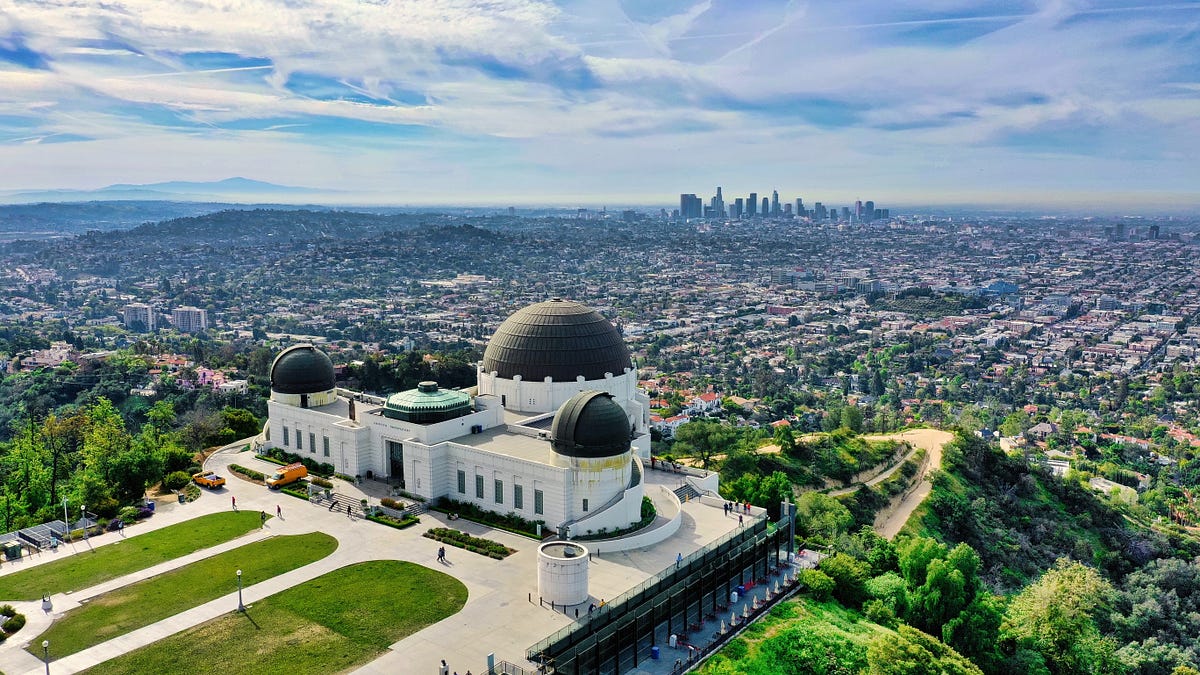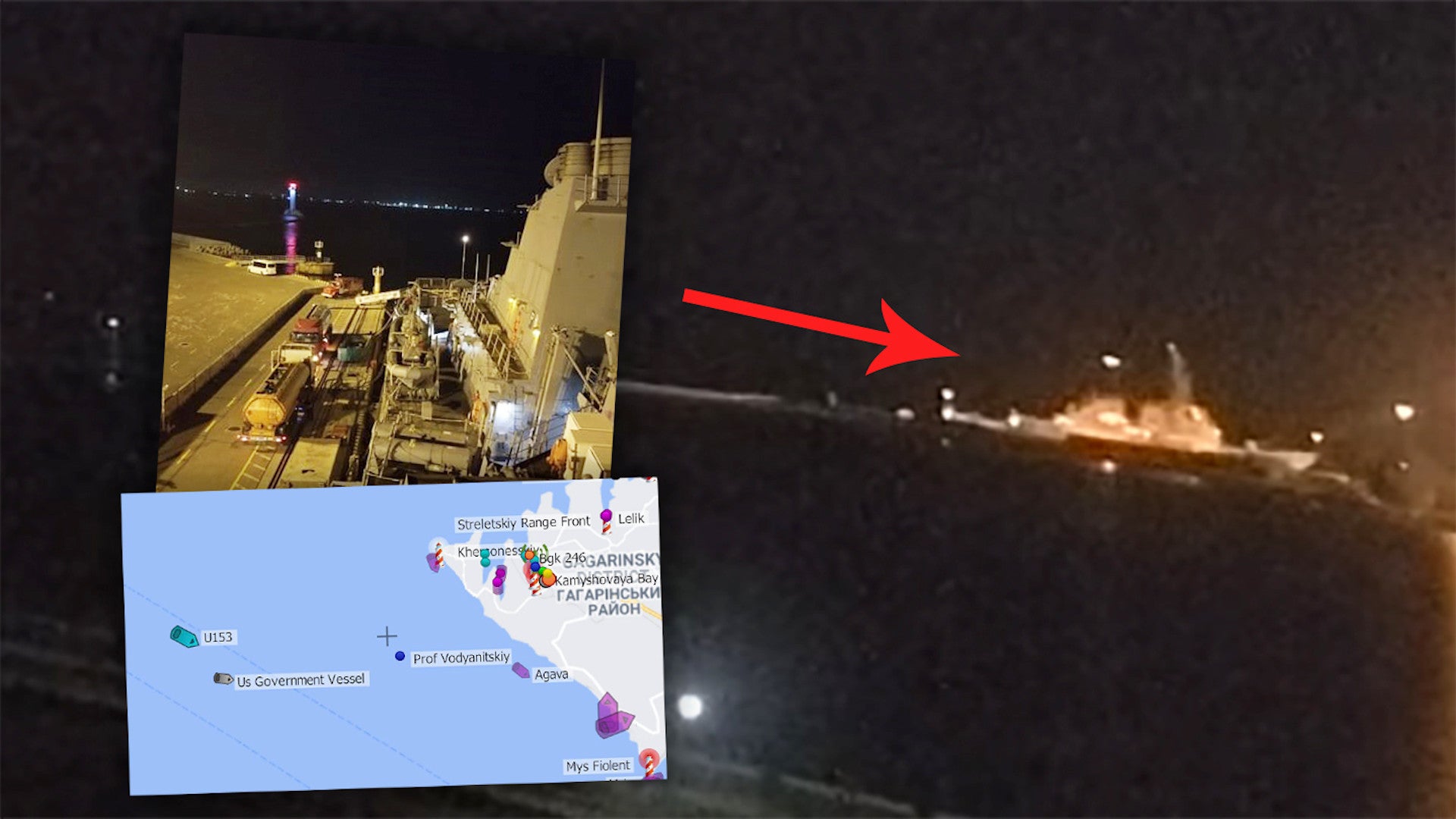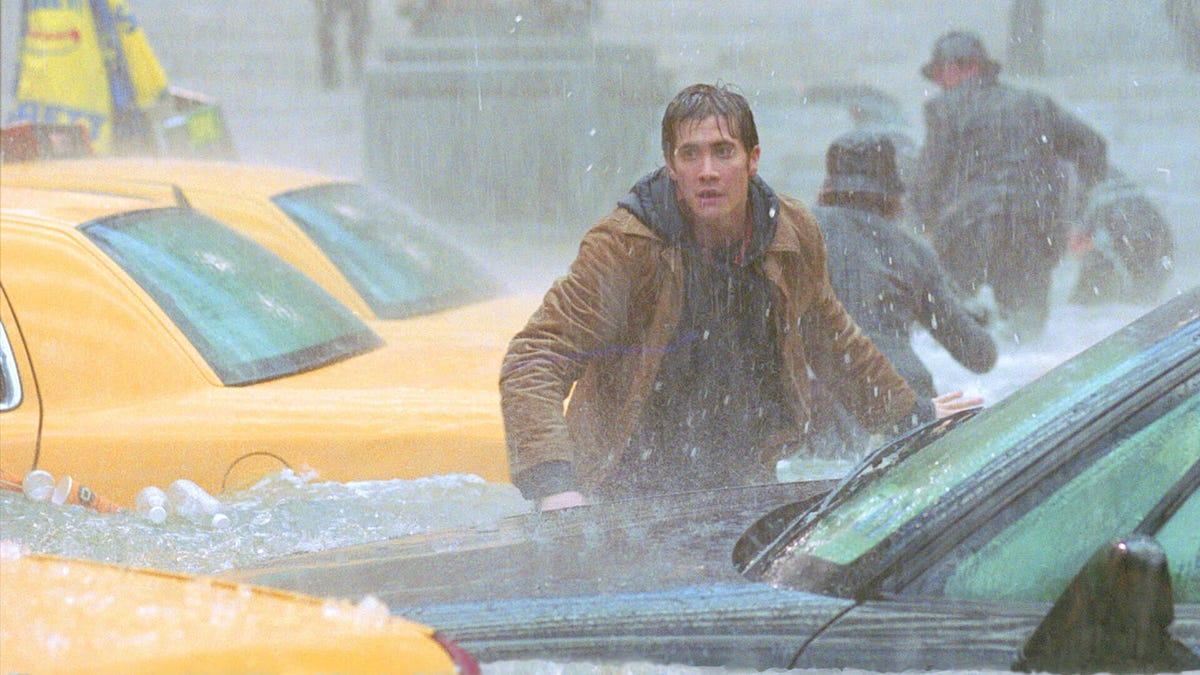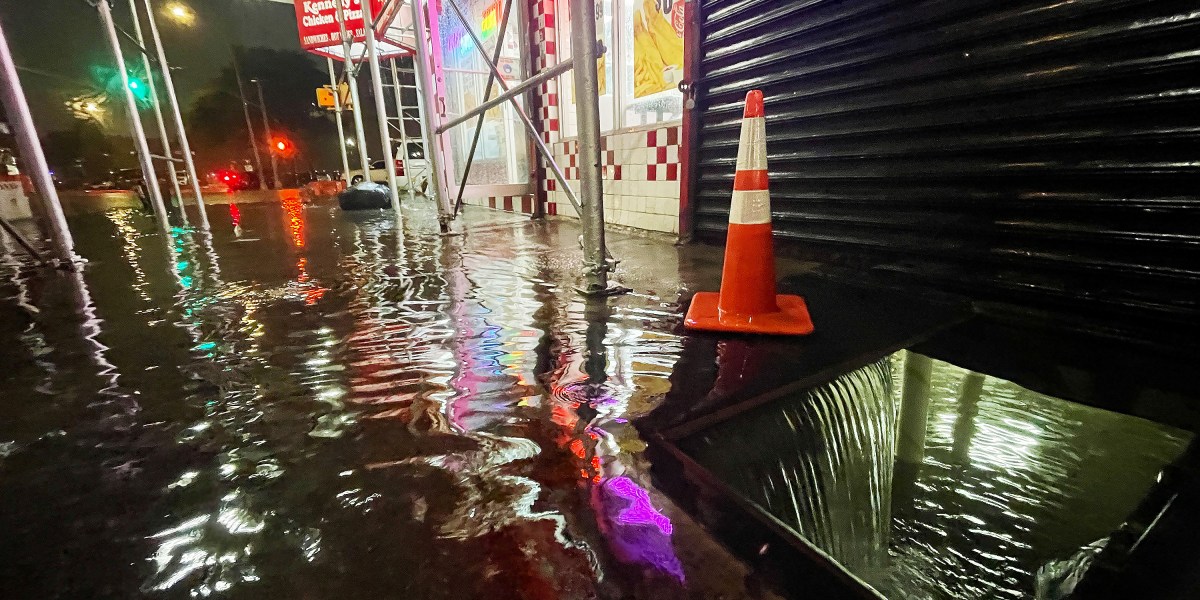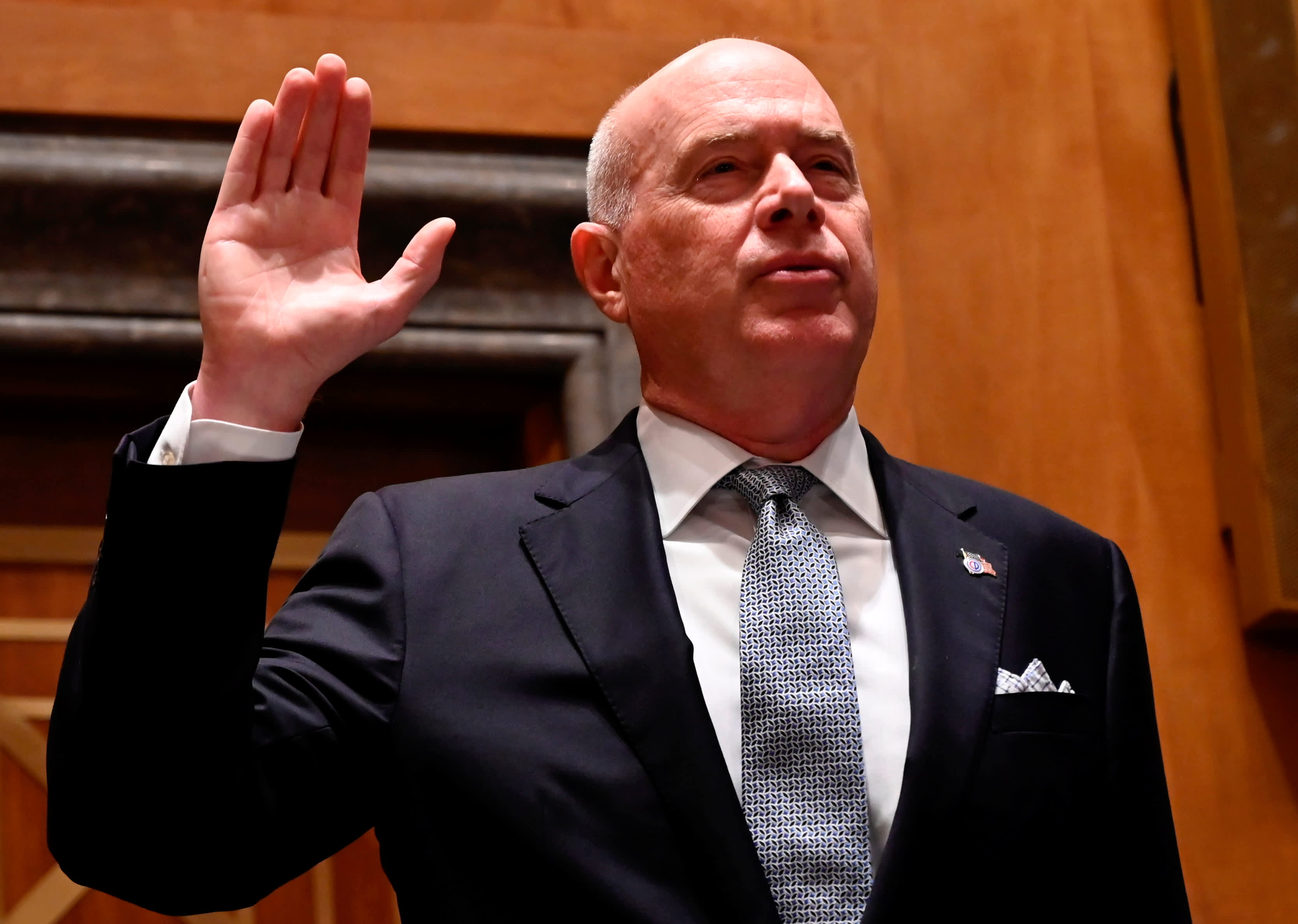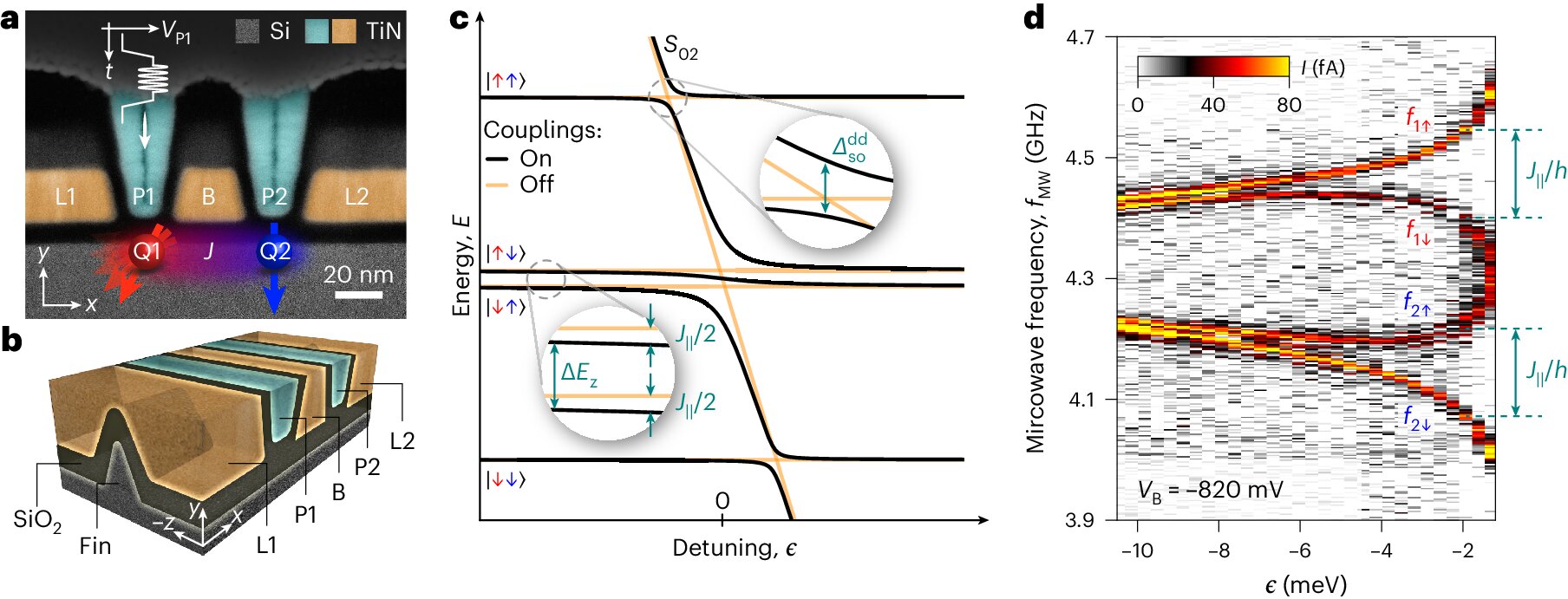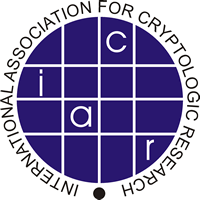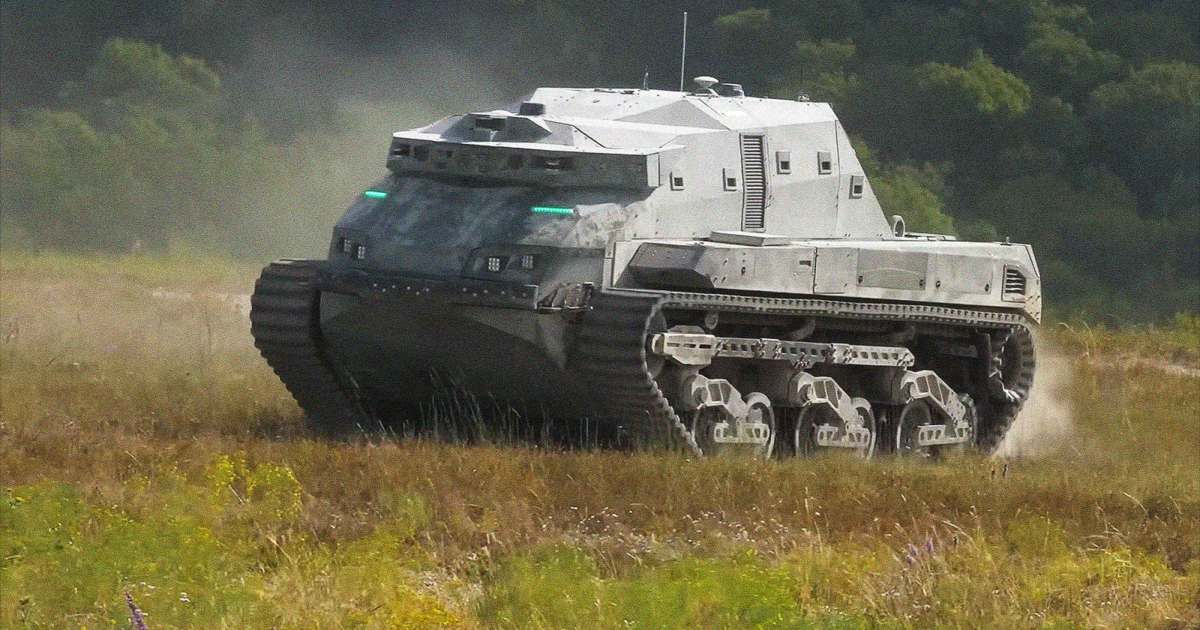
How trains linking rival U.S. East Coast port cities created a cultural and economic megalopolis
The Northeast corridor is America’s busiest rail line. Each day, its trains deliver 800,000 passengers to Boston, New York, Philadelphia, Washington and points in between.
The Northeast corridor is also a name for the place those trains serve: the coastal plain stretching from Virginia to Massachusetts, where over 17% of the country’s population lives on less than 2% of its land. Northeasterners ride the corridor and live there too.
Like “Rust Belt,” “Deep South,” “Silicon Valley” and “Appalachia,” “Corridor” has become shorthand for what many people think of as the Northeast’s defining features: its brisk pace of life, high median incomes and liberal politics. In 1961, Republican Sen. Barry Goldwater of Arizona wished someone had “sawed off the Eastern Seaboard and let it float out to sea.” In 2016, conservative F.H. Buckley disparaged “lawyers, academics, trust-fund babies and high-tech workers, clustered in the Acela Corridor.”
As a scholar of language and literature, I’m interested in what words can teach us about places. My new book, “The Northeast Corridor,” shows how America’s most important rail line has shaped the Northeast’s cultural identity and national reputation for almost 200 years. In my view, this bond between transit and territory will only strengthen as new federal investments in passenger service draw more Northeasterners aboard trains.
